dtyner5649
New Member
Just wanted you’re opinion on two of our new enclosures we just adopted Thomas the sulcata he is about 90 pounds and we think he loves his new home are we missing anything or do we need to change anything. In the second enclosure we have our juveniles. We have 2 red foots (Cecile and Zippy), a Russian named Big Bertha, a sulcata named Betty White and an enlongated named Squirt. We are trying to make their habitat as natural as possible and that is why I am asking if anything should be changed or added. Thank You Denise
Attachments
-
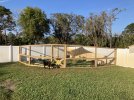 Juveniles Enclosure.jpg3.1 MB · Views: 9
Juveniles Enclosure.jpg3.1 MB · Views: 9 -
 Juveniles Enclosure 2.jpg2.3 MB · Views: 9
Juveniles Enclosure 2.jpg2.3 MB · Views: 9 -
 Juveniles Enclosure 3.jpg923.6 KB · Views: 5
Juveniles Enclosure 3.jpg923.6 KB · Views: 5 -
 Juveniles Enclosure 4.jpg2.1 MB · Views: 5
Juveniles Enclosure 4.jpg2.1 MB · Views: 5 -
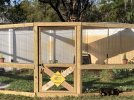 Juveniles Enclosure 5.jpg1.6 MB · Views: 8
Juveniles Enclosure 5.jpg1.6 MB · Views: 8 -
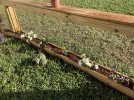 Juveniles Enclosure 6.jpg2.9 MB · Views: 5
Juveniles Enclosure 6.jpg2.9 MB · Views: 5 -
 Thomas Enclosure 2 (1).jpg3.1 MB · Views: 5
Thomas Enclosure 2 (1).jpg3.1 MB · Views: 5 -
 Thomas Enclosure 2 (1).jpg3.1 MB · Views: 7
Thomas Enclosure 2 (1).jpg3.1 MB · Views: 7 -
 Thomas Enclosure 3.jpg2.7 MB · Views: 7
Thomas Enclosure 3.jpg2.7 MB · Views: 7 -
 Thomas Enclosure 4.jpg2.7 MB · Views: 5
Thomas Enclosure 4.jpg2.7 MB · Views: 5 -
 Thomas Enclosure 5.jpg2 MB · Views: 8
Thomas Enclosure 5.jpg2 MB · Views: 8 -
 Thomas Enclosure 6.jpg2.1 MB · Views: 8
Thomas Enclosure 6.jpg2.1 MB · Views: 8 -
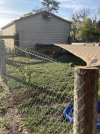 Thomas Enclosure 7.jpg2.6 MB · Views: 8
Thomas Enclosure 7.jpg2.6 MB · Views: 8 -
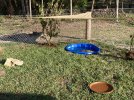 Thomas Enclosure 8.jpg2.7 MB · Views: 8
Thomas Enclosure 8.jpg2.7 MB · Views: 8 -
 Thomas Enclosure 9.jpg1.4 MB · Views: 7
Thomas Enclosure 9.jpg1.4 MB · Views: 7 -
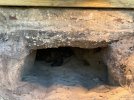 Thomas Enclosure 10.jpg1.4 MB · Views: 7
Thomas Enclosure 10.jpg1.4 MB · Views: 7 -
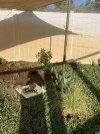 Juveniles Enclosure 13.jpg2 MB · Views: 8
Juveniles Enclosure 13.jpg2 MB · Views: 8 -
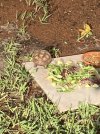 Juveniles Enclosure Betty White.jpg1.4 MB · Views: 8
Juveniles Enclosure Betty White.jpg1.4 MB · Views: 8 -
 Juveniles Enclosure 14.jpg2.6 MB · Views: 8
Juveniles Enclosure 14.jpg2.6 MB · Views: 8 -
 Juveniles Enclosure 15.jpg2.6 MB · Views: 8
Juveniles Enclosure 15.jpg2.6 MB · Views: 8 -
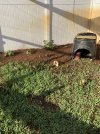 Juveniles Enclosure 16.jpg2.3 MB · Views: 8
Juveniles Enclosure 16.jpg2.3 MB · Views: 8 -
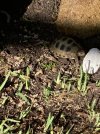 Juveniles Enclosure 17.jpg1.4 MB · Views: 9
Juveniles Enclosure 17.jpg1.4 MB · Views: 9